Website Designed By
www.WhamoWebsiteDesign.com
www.WhamoWebsiteDesign.com

New Clients I About Us I Starter Guide I Portfolio I Affiliates I Tips & FAQ I Lighting I Shop I News I Careers I Contact Us

We'd Love to Hear About your Home and Business Projects!!





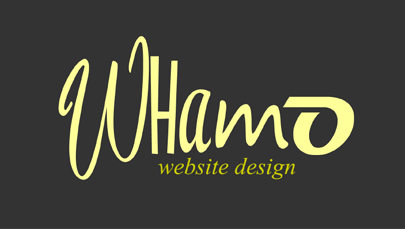
Contact us or call to find out how we can help.
www.Info@Capital10Interiors.com
www.Info@Capital10Interiors.com




Design Home
Redesign Services
The Design Process
3D Modeling
Building With 3D
Outdoor Design-Buildings
Design Trends
The Remodeling Process
Coaching For Do It Your-Selfers
Redesign Services
The Design Process
3D Modeling
Building With 3D
Outdoor Design-Buildings
Design Trends
The Remodeling Process
Coaching For Do It Your-Selfers
We take pride in creating a positive design or redesign experience for our clients and extend this positive experience into the comfort of your home. We do this by performing a consultation at your current home where we help you determine what is the best course of action to achieve the enviroment/renovations/designs you desire.
Design Mission Statement:
The Home Consultation:
This is where we meet our client in their home and get to know them, find out what they are hoping to gain from this experience and if they have any questions about Capital 10 Interiors. We will then proceed to start the home evaluation. This process may take 1.5 - 2 hours, maybe even longer for significantly larger homes. We will use our Home Evaluation Handbook to mark off items, ideas & measurements that apply to the project, as well as make additional notes as needed. Prior to this meeting, you may want to collect pictures and/or magazine pages that show us examples of what you would like. We discuss your preferences such as spatial usage, style, colour schemes, general likes/dislikes, as well what service(s) are required to develop the space into your
Phase #2

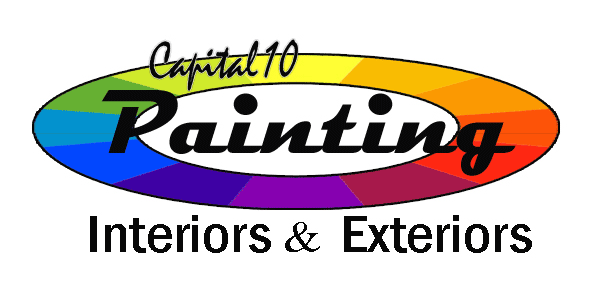
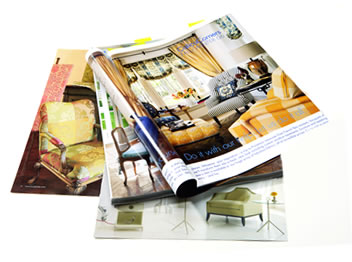
new unique enviroment. We also make recommendations on items that may be needed though out the home if needed, as well as through out the book we will mention if each room will benefit from a Redesign Package. Once the home evaluation is completed, we will sit back down with the home owners and discuss our top 10 recommendations for the home and develop a preliminary game plan.

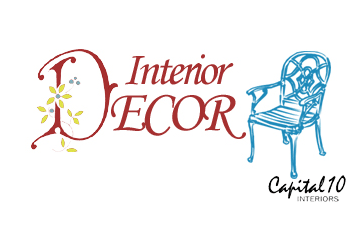
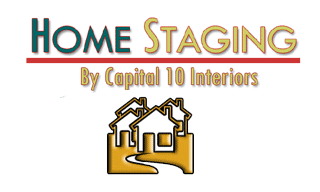
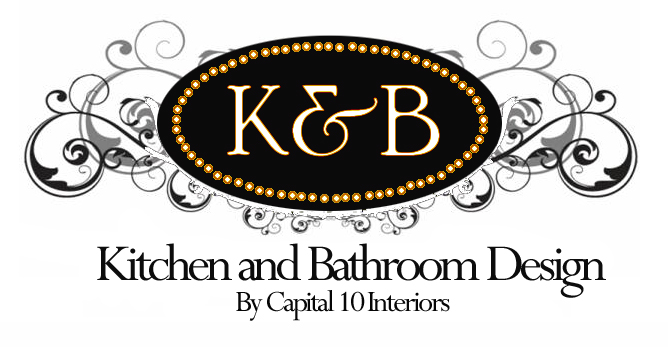

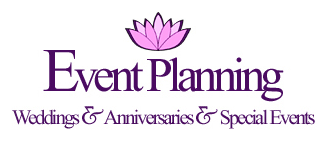

Step 1: Planning, establishing what the clients want.
Let's consider the principal element of a design: the floor plan. An enormous amount of thought and coordination must go into the floor plan allowing the design to gradually evolve
Architects, Drafters and Planning services are ready to offer their technology to clients but clients can't go to them empty handed. Our job is to DEFINE how they intend to live and CHARACTERIZE the best place in which to do it.
As we develop concepts for a new home, renovation, additions, kitchens or bathrooms we consider what our clients want based on the way they live. Before deciding on a design, making a list of those features they find most valuable to their own style of living. (Read the "Home Plan Questionnaire" at the end of this article.) There is no standard procedure for arranging these ideas: Our approach will reflect the unique circumstances surrounding our clients home life and characteristics of their site.
Using Stock Drawings:
If clients choose a Stock Drawing from a plan book, they will eliminated Schematic and Design Development activities. Again if clients choose a Stock Drawing, their first contact with the design process will occur during preparations to submit for a Building Permit. If this is the case, Capital 10 Interiors may proceed cautiously while reviewing weather or not to be involved in the Design/building process. We may desire to stay on the decorating side of the project and offer the clients our help by the hour if requested.
Step 2: Starting
A good starting point might be rough sketches of a Floor Plan, the most fundamental element in a set of Drawings. Many basic decisions are made while considering a Floor Plan such as site orientation, room layout, wall placement, door types and swings, window types and sizes, electrical and plumbing fixtures, cabinets, and trim package. These are not firm decisions, only a way to TEASE ideas onto paper and begin to arrange our clients thoughts.
A floor plan is a road map of their lifestyle. It's a top view, drawn to scale, showing all the interior features. Capital 10 Interiors will use architectural symbols, which are standard icons, used to represent objects that appear in the home. Bath tubs, showers, sinks, and appliances are all represented by symbols. There are standardized acronyms that also appear on the Drawings but these aren't the main concern. Our concern will be not how to create drawings but to defining our clients lifestyle so they get the home style they need.
Step 3: Proposal Drawings
Proposal drawings will be done using 3D building software called “Sketchup Pro 8” to present building plans, cross cuts, elevations and floor plans. There are several other ways to acquire a home design.
Step 4:Working Drawings:
To obtain permits Capital 10 Interiors will collaborate with a variety of professionals whom we will rely on to complete the working drawings.
Let's consider the principal element of a design: the floor plan. An enormous amount of thought and coordination must go into the floor plan allowing the design to gradually evolve
Architects, Drafters and Planning services are ready to offer their technology to clients but clients can't go to them empty handed. Our job is to DEFINE how they intend to live and CHARACTERIZE the best place in which to do it.
As we develop concepts for a new home, renovation, additions, kitchens or bathrooms we consider what our clients want based on the way they live. Before deciding on a design, making a list of those features they find most valuable to their own style of living. (Read the "Home Plan Questionnaire" at the end of this article.) There is no standard procedure for arranging these ideas: Our approach will reflect the unique circumstances surrounding our clients home life and characteristics of their site.
Using Stock Drawings:
If clients choose a Stock Drawing from a plan book, they will eliminated Schematic and Design Development activities. Again if clients choose a Stock Drawing, their first contact with the design process will occur during preparations to submit for a Building Permit. If this is the case, Capital 10 Interiors may proceed cautiously while reviewing weather or not to be involved in the Design/building process. We may desire to stay on the decorating side of the project and offer the clients our help by the hour if requested.
Step 2: Starting
A good starting point might be rough sketches of a Floor Plan, the most fundamental element in a set of Drawings. Many basic decisions are made while considering a Floor Plan such as site orientation, room layout, wall placement, door types and swings, window types and sizes, electrical and plumbing fixtures, cabinets, and trim package. These are not firm decisions, only a way to TEASE ideas onto paper and begin to arrange our clients thoughts.
A floor plan is a road map of their lifestyle. It's a top view, drawn to scale, showing all the interior features. Capital 10 Interiors will use architectural symbols, which are standard icons, used to represent objects that appear in the home. Bath tubs, showers, sinks, and appliances are all represented by symbols. There are standardized acronyms that also appear on the Drawings but these aren't the main concern. Our concern will be not how to create drawings but to defining our clients lifestyle so they get the home style they need.
Step 3: Proposal Drawings
Proposal drawings will be done using 3D building software called “Sketchup Pro 8” to present building plans, cross cuts, elevations and floor plans. There are several other ways to acquire a home design.
Step 4:Working Drawings:
To obtain permits Capital 10 Interiors will collaborate with a variety of professionals whom we will rely on to complete the working drawings.
Looking at examples of what clients like helps set styles. We recomend collecting clippings prior to meeting with Capital 10!
The design of buildings, additions, kitchens and bathrooms requires the integration of many kinds of information into a synthetic whole. An integrated process, or design process, includes the active and continuing participation of a Capital 10 design consultants,able to preform cost consulting building officials, building inspectors, possibly civil engineers, mechanical and electrical engineers or contractors, structural engineers, specifications specialists, and consultants from many other trade specialized fields. The best building designs result from active, consistent, organized collaboration among all players.
A integrated design process using contract documents, drawings and budget planning enables Capital 10 Interiors project team members to work together from the project outset to develop solutions that have multiple benefits.
Preparation:
A needs assessment often accompanies this planning activity It can describe existing space use; develop realistic estimates of requirements, both spatial and technical; and arrive at a space program around which design activity can develop. For larger projects, a construction manager or a general contractor may be engaged at this point.
The Integrated Design Process:
Once the Pre-design activities are complete, the Designer or other prime consultant, in consultation with his or her team of sub-consultants, may produce initial graphic suggestions for the project or portions of it. Such suggestions are meant to stimulate thought and discussion, not necessarily to describe the final outcome. Involvement of sub-consultants is a critical part of the process at this stage - their individual insights made at this point can prevent costly changes further along in the process. Gradually a design emerges which embodies the interests and requirements of all participants while also meeting the overall area requirements which the project budget will have established during Pre-Design activities. The resulting Schematic Designs produced at this stage show site location and organization, general building shape, space allocation, and an outline specification which makes an initial list of components and systems to be designed and/or specified for the final result. Depending on the size of the project, it is often useful to have a cost estimate performed by a professional cost estimator at this point. For smaller projects, one or more possible builders may perform this service as part of a preliminary bidding arrangement. Selection can be made on the basis of an estimate at this stage. On larger projects, a cost estimate can be part of the selection process for a builder, assuming other prerequisites like bonding capacity, experience with the type, and satisfactory references are met.
Design Development:
Designing proposal drawings enlarges the scale of consideration. Greater detail is developed for all aspects of the project and the collaborative process continues with the designer in the role of facilitator/project manager for the various contributors.
Designing Working Drawings:
Greater detail is achieved for all aspects of the project. The conclusion of this phase is a detailed design drawing on which all players agree and may be asked to sign off on.
Contract Documents:
The Development of Contract Documents involves translating the Design Development information into formats suitable for pricing, permitting, and construction. No set of contract documents can ever be perfect, but high quality can be achieved by scrutiny, accountability to the initial program needs by the project manager and the client, along with careful coordination among the technical consultants on the design team. Decisions continue to be made with the appropriate contributions of all players. Changes in scopes during this phase will become more expensive once pricing has begun. Changes to the contract documents invite confusion, errors, and added costs. Cost estimates by an estimator may be made at this point, prior to or simultaneous with bidding, in order to assure compliance with the budget and to check the bids. Bids taken at this point may be used as a basis for selecting a builder.
Starting the Project:
After the general contractor is selected and during the Construction Phase, the project manager and other members of the team must remain fully involved. Decisions previously made may require clarification; suppliers' information must be reviewed for compliance with the Contract Documents; and substitutions must be evaluated. Contract Documents are never perfect and clarifications will be required. If changes affect the operation of the building, it is especially important that the user/client be involved. User requirements may change, necessitating changes in the building. These changes require broad consultation among the consultants and sub-consultants, pricing, and incorporation into the contract documents and the building.
The project manager is responsible for assuring that the project meets the requirements of the Contract Documents, and the projects success. After the work is fully done, it is often useful to conduct a “Facility Performance Evaluation” (FPE) to assess how the project meet the original and emerging requirements for its use. Such information is especially useful when further construction of the same type is contemplated by the same user. Mistakes can be prevented and successes repeated.
This summary describes the standard operation of the integrated project team.
Such a model is neither new nor exceptional. But it depends on:
1. Clear and continuous communication
2. Rigorous attention to detail
3. Active collaboration among all team members throughout
all phases of the project
Adherence to these principles will assure
the best results.
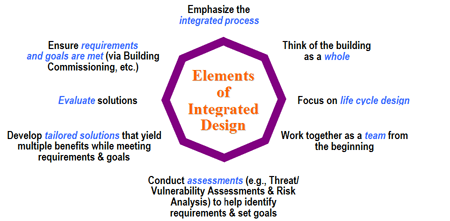
Project Management Overview:


The Design Process: Getting Started!!